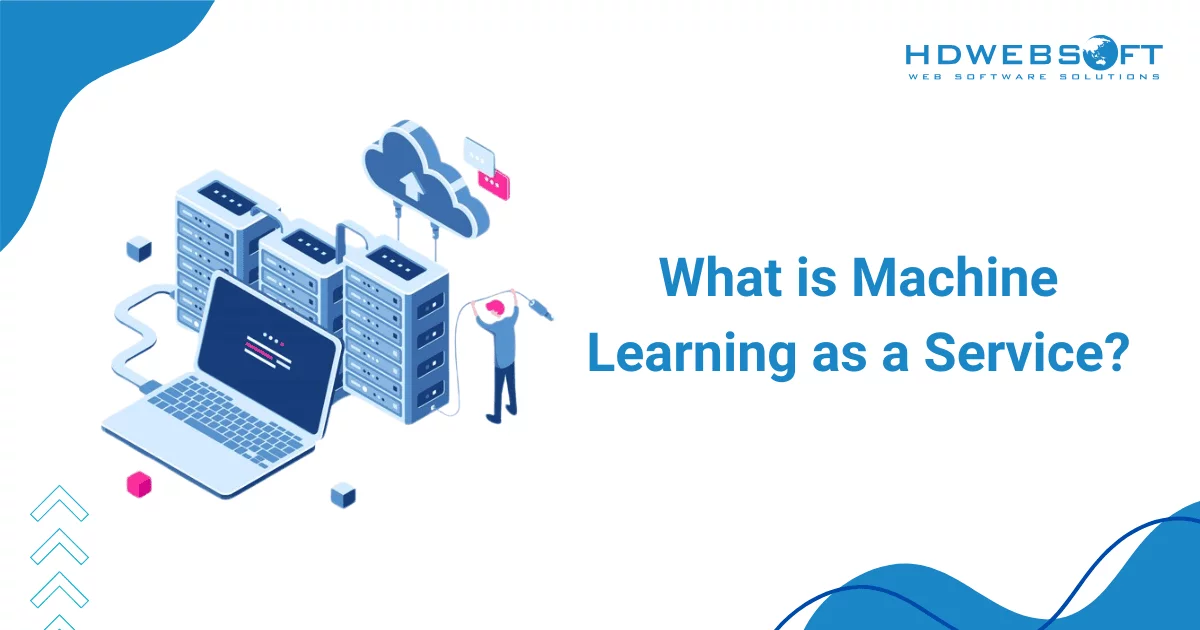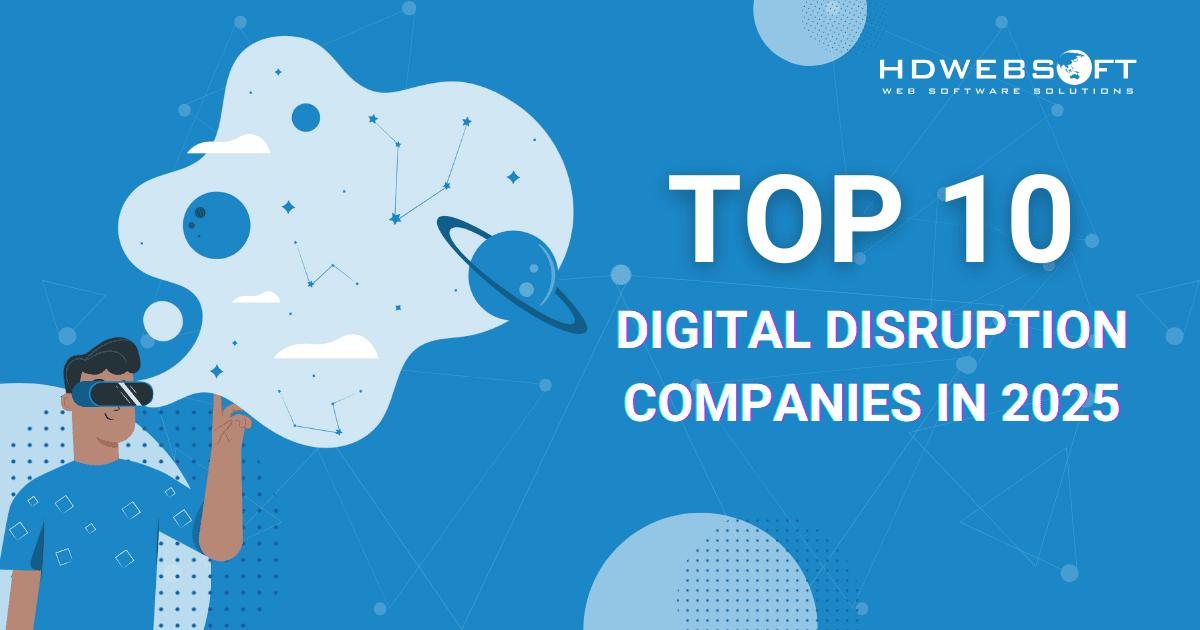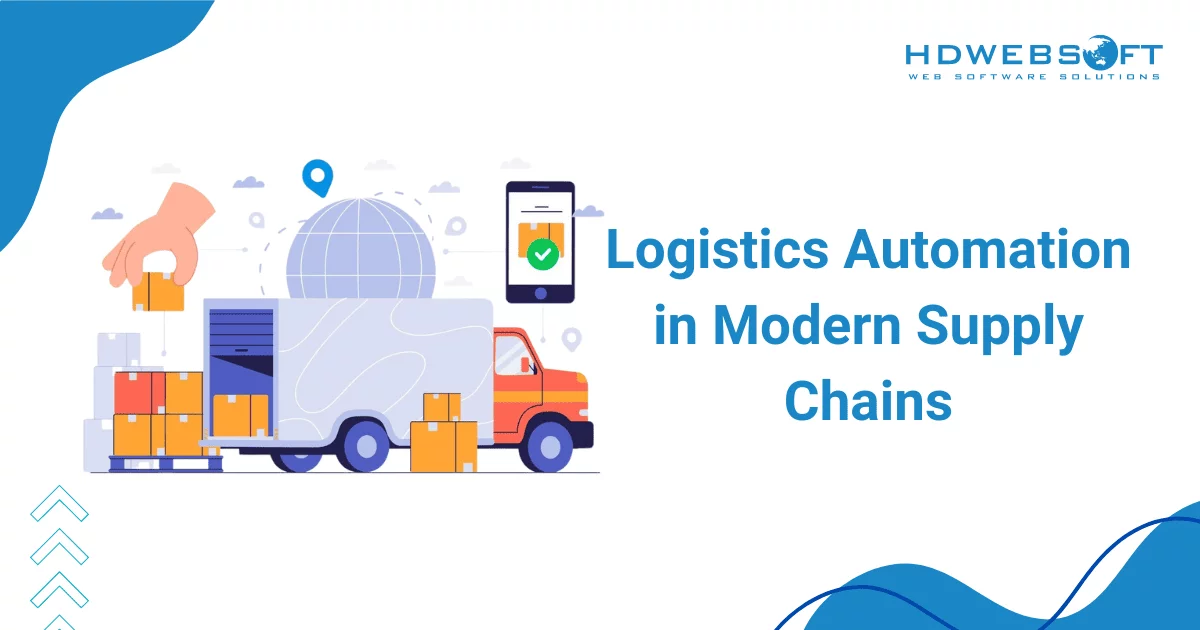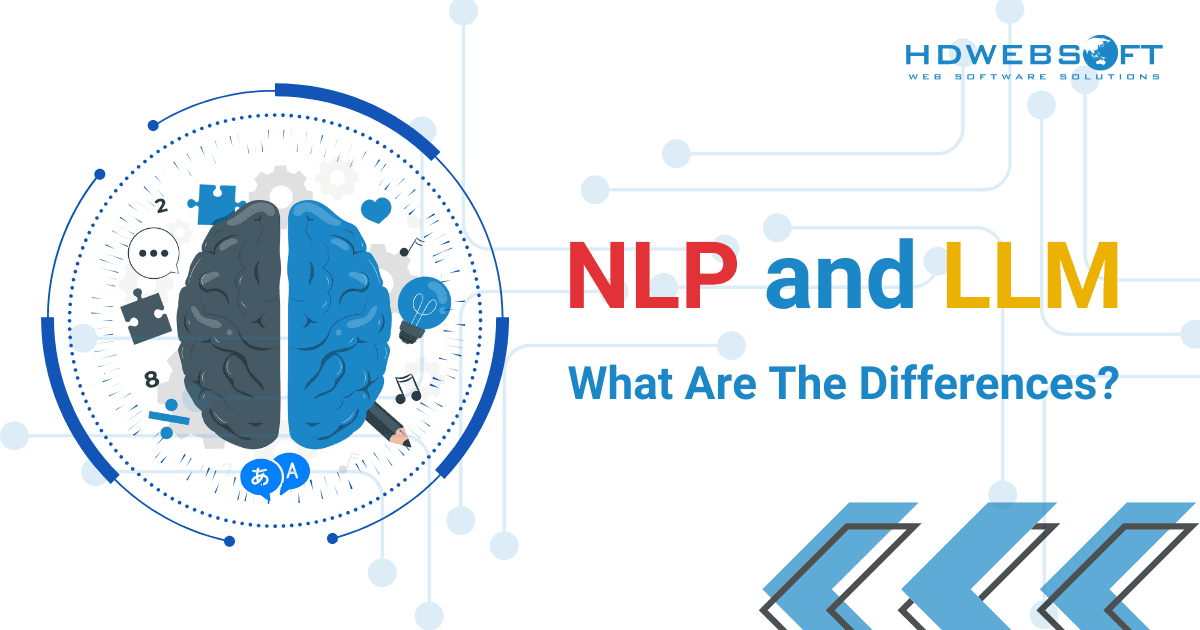
In the evolving field of AI, understanding the distinctions between NLP and LLM is essential for leveraging their capabilities effectively. Natural Language Processing encompasses a broad range of techniques aimed at enabling machines to comprehend and interpret human language. In contrast, Large Language Models represent a subset of NLP, utilizing extensive datasets and complex algorithms to generate human-like text. Grasping the differences between these two is crucial for developing advanced AI-driven solutions.
For today’s article, we’ll discuss the definition of both NLP and LLM, their key differences, and their combination. All the while, we’ll talk about their bright future and how HDWEBSOFT can help evaluate them for your business.
What is Natural Processing Language?
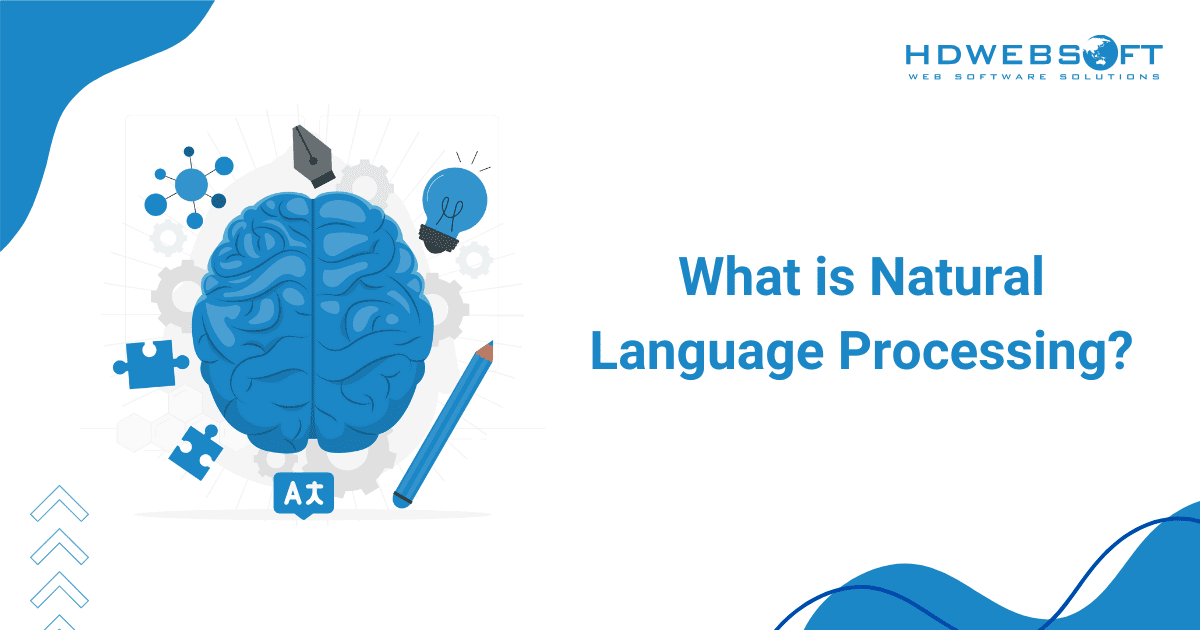
Natural Language Processing (NLP) is a branch of artificial intelligence that enables computers to interpret and produce human language. Initially, during the mid-20th century, NLP relied on simple rule-based methods to translate text between languages.
Over time, the capabilities of NLP have grown significantly, extending far beyond basic translation. Modern NLP applications range from search engines and voice assistants to in-depth content analysis and sentiment detection. Consequently, this progress has been fueled by AI’s ability to process and analyze vast datasets with speed and precision. From then on, advanced and context-aware language processing will be enabled.
NLP models generally fall into two categories: rule-based and statistical (machine learning). Rule-based models apply predefined linguistic rules to analyze language. Meanwhile, machine learning models use statistical algorithms to learn patterns from data and make predictions.
Primary features specific to NLP
- Syntax Analysis: NLP examines the structure and order of words in a sentence to uncover its grammatical framework. Thereby, it enables computers to comprehend how sentences are constructed.
- Semantic Analysis: NLP systems interpret the meanings of sentences by analyzing word relationships and context, which is essential for applications like language translation and personalized content suggestions.
- Named Entity Recognition: NER models identify and categorize critical elements in text into predefined groups. They include names of individuals, organizations, locations, dates, amounts, and percentages.
- Coreference Resolution: NLP identifies all references to the same entity in a text, such as pronouns and related terms. In all, it ensures clarity in understanding written content.
- Sentiment Analysis: By assessing the tone and context of the text, NLP determines the sentiment behind statements. As a result, it aids in the analysis of social media, customer feedback, and reviews.
- Topic Segmentation and Recognition: NLP divides text into sections and identifies the topic of each part, facilitating better content organization and discovery.
- Speech Recognition: This NLP application converts spoken words into text, powering technologies like voice assistants and hands-free device controls.
What are Large Language Models?
A LLM is an advanced AI system designed to produce text that mimics human communication, trained on extensive datasets. Building upon traditional machine learning techniques, these models utilize sophisticated transformer architectures to understand and generate language. Breakthroughs like Bidirectional Encoder Representations from Transformers (BERT) and OpenAI’s ChatGPT have been pivotal in driving progress in this domain.
Core features specific to LLMs
Large Language Models excel in a variety of linguistic tasks, such as translating languages and producing well-structured, informative text.
- Scalability: LLMs effectively utilize expansive datasets, leading to higher accuracy in their results.
- Continuous Adaptation: Post-training, LLMs can adapt to new data, refining their ability to generate timely and relevant content.
- Advanced Text Generation: LLMs create text that closely resembles human writing, making them valuable for content creation, marketing, and entertainment. Their generative capabilities surpass basic NLP systems, which often produce simpler, shorter outputs.
- Software Applications: LLMs integrate effortlessly into various software tools. Namely, they support use cases like chatbots, healthcare decision-making, virtual assistants, and interactive storytelling.
- Enhanced Dialogue Simulation: LLMs effectively simulate human-like conversations by managing dialogue turns frictionlessly. Additionally, they remember prior interactions and generate context-aware responses, making their conversational capabilities highly advanced. As a result, they significantly outperform simpler NLP frameworks.
- Sophisticated Question Answering: LLMs tackle complex Q&A tasks by synthesizing data from diverse sources. This is far beyond the keyword matching typical of basic NLP systems.
- Cross-Domain Expertise: With training across diverse datasets, LLMs incorporate knowledge from multiple fields into cohesive responses. Consequently, they enable broader and more informed outputs compared to domain-limited NLP systems.
NLP vs LLM: 6 Key Differences
NLP and LLM share core principles, as both combine linguistic knowledge with machine learning to create and interpret language. They rely on data-driven algorithms, though their learning complexity and scale differ. Both enhance interactions between humans and computers by enabling machines to process and generate human-like text. Additionally, they play crucial roles in applications such as sentiment analysis, translation, and summarization, fueling AI innovation.
However, significant distinctions exist between LLM and NLP. Let’s take a look at six noticeable differences between them.
Scope
The scope of NLP and LLM differs significantly. NLP serves as a broad umbrella encompassing various tools, algorithms, and frameworks designed to analyze, interpret, and manipulate natural language. In particular, it includes tasks such as sentiment analysis, text classification, machine translation, and speech recognition.
On the other hand, LLMs are designed specifically for tasks requiring contextual understanding and text generation. Namely, writing coherent paragraphs or engaging in human-like conversations. For instance, an NLP-powered system might categorize emails, while an LLM like GPT generates email drafts based on minimal input.
This difference in scope means NLP can handle more granular tasks. Concurrently, LLMs shine in tasks requiring nuanced understanding and creativity.
Performance on Language Tasks
The performance of NLP and LLM differs based on the complexity of tasks. Traditional NLP methods are highly effective for structured and repetitive tasks, such as extracting keywords or performing basic language translations. However, these systems often falter when faced with ambiguous or multi-layered linguistic challenges.
Simultaneously, LLMs outperform NLP in those areas, as they are designed to handle sophisticated, nuanced tasks. They excel at generating creative text, summarizing lengthy articles, and understanding intricate questions. This makes LLMs ideal for applications such as conversational AI, creative content generation, and advanced research assistance.
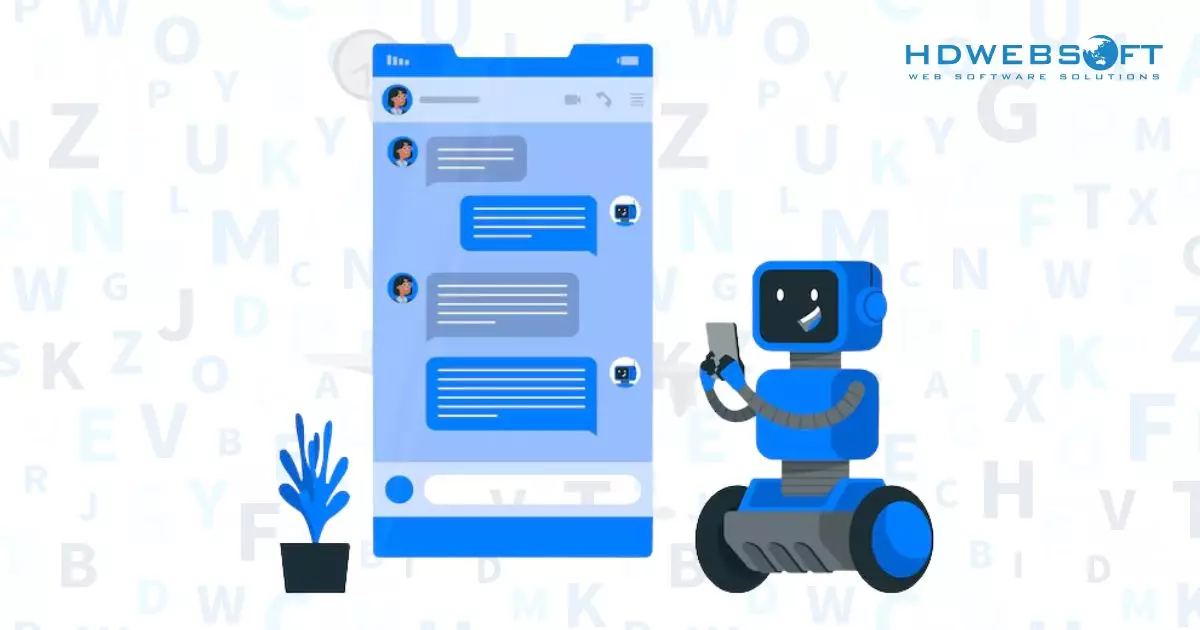
The difference between NLP and LLM is the language tasks they can handle.
However, it’s worth noting that LLMs sometimes generate plausible-sounding but incorrect outputs. In contrast, this limitation is not typically seen with task-specific NLP systems.
Techniques
NLP vs. LLM technologies rely on distinct methodologies. Traditional NLP techniques are often task-specific and use rule-based systems or classical machine-learning models. For instance, NER models rely on predefined rules or labeled datasets, while sentiment analysis uses statistical approaches like logistic regression.
On the other hand, NLP and LLM differ significantly in their reliance on training data and model complexity. While NLP often works with smaller, tailored datasets, LLMs leverage massive corpora to develop a more generalized understanding of language.
LLMs take a different approach, employing deep learning architectures, particularly transformer-based models. Unlike traditional methods, these models, trained on vast datasets, excel at capturing the relationships between words in complex contexts. Their training involves billions of parameters, enabling LLMs to generate human-like responses and adapt to diverse queries without additional customization.
Resource Requirements
One of the most noticeable differences between NLP and LLM is their resource demands. Traditional NLP models are lightweight, requiring modest computational resources and smaller datasets. As a result, these models can be developed and deployed on a standard computing infrastructure. This is what makes them accessible for businesses with limited resources.
In contrast, LLMs are computationally intensive, demanding high-performance GPUs or TPUs and extensive storage capacities. Training an LLM can cost millions of dollars, both in terms of computing power and data preparation. Furthermore, deploying these models at scale requires robust infrastructure, making them less accessible for smaller organizations.
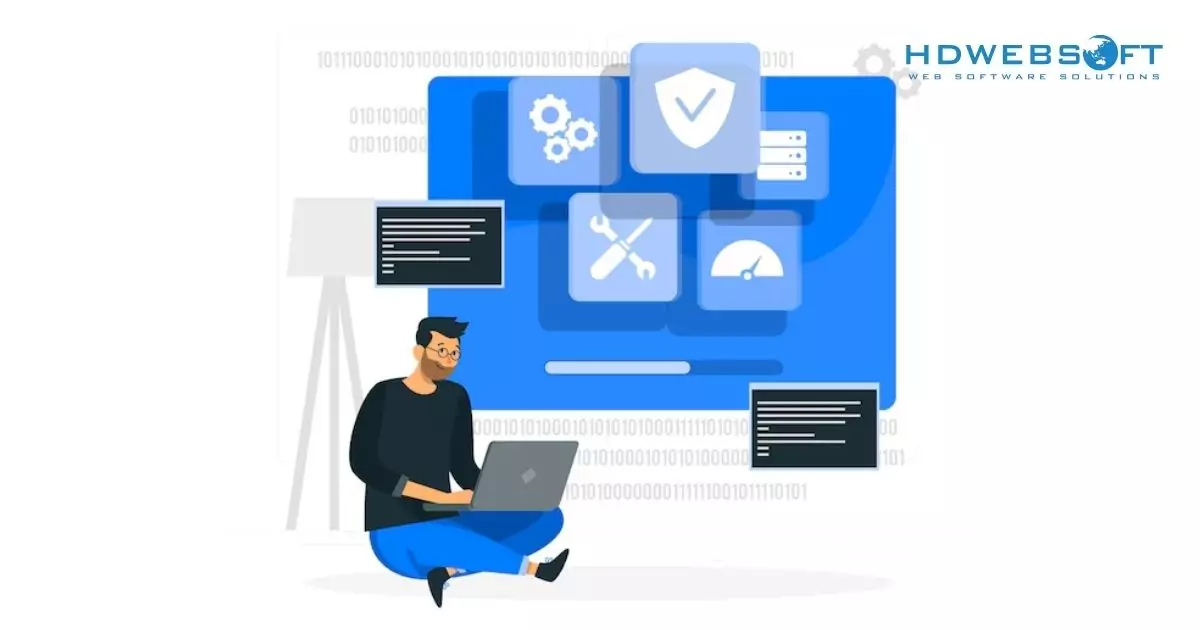
NLP and LLM need different resources and tech stacks to develop and deploy them efficiently.
Adaptability and Scalability
Adaptability and scalability are also critical factors when comparing LLM with NLP. Traditional NLP systems are often tailored for specific tasks. They need retraining or significant modifications when applied to new domains or languages. While they are efficient in their designated functions, they lack the flexibility to pivot to entirely different use cases.
In opposition, NLP and LLM differ significantly in this aspect. While predefined tasks constrain NLP systems, LLMs, on the other hand, have the capacity to handle a broader range of applications with minimal adjustments.
LLMs, contrarily, are inherently adaptable. With minimal fine-tuning, these models can perform various tasks across industries and languages. Their scalability also sets them apart. Specifically, they can handle an exponential increase in data or queries without a proportional drop in performance. Hence, they are well-suited for global-scale applications, such as search engines or virtual assistants.
Ethical and Legal Considerations
The AI ethical and legal concerns are essential in the deployment of both LLM and NLP technologies. For LLM, a significant focus is on data usage, as these models require vast amounts of structured data. Eventually, they lead to privacy and data security challenges. Organizations utilizing or training LLMs must ensure they implement stringent data governance measures and comply with applicable data protection laws.
Additionally, NLP and LLM raise concerns related to the safety of AI systems. As LLM models experience rapid advancements, with some aiming to reach artificial general intelligence (AGI), there are growing societal and existential risks. The potential misuse of LLMs by malicious actors is a major worry among experts. Specifically, these models could be exploited to perpetrate cybercrime or even cause AI systems to work against humanity’s interests.
When it comes to NLP, ethical and legal issues are less complex but still significant. As NLP often involves processing human language, challenges around consent, privacy, and bias can arise. Furthermore, if the training datasets for NLP contain biases, these can be reflected in the system’s outputs.
With the introduction of the Asilomar AI Principles in these few years, we can hope for a more ethical AI and a future where humans collaborate with AI rather than being replaced by it.
Leveraging NLP and LLM for Optimal Software Solutions
Although NLP and LLM have distinct differences, combining both can yield optimal results. For instance, NLP can handle tasks like pre-processing and basic inferences on text data. Meanwhile, LLM is better suited for more complex cognitive functions. By leveraging both technologies, organizations can gain deeper insights from their data, leading to more informed decision-making.
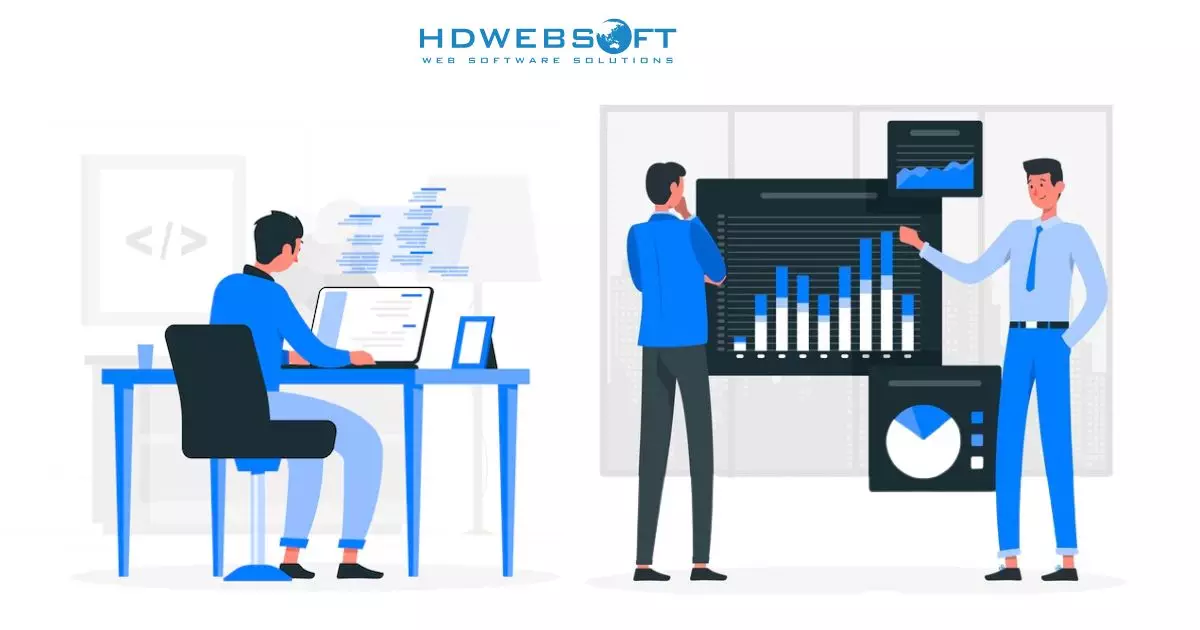
With the right technologies, be it NLP or LLM, businesses can use the right data to make informed decisions.
A prime example of integrating both LLM with NLP is the Google search engine. This intricate system continuously analyzes and indexes the vast content of the internet. Elements like crawling, indexing, the knowledge graph, and link analysis rely on traditional NLP techniques. Additionally, Google incorporates BERT, which helps to better understand the context of each word in a search query. This approach significantly enhances Google’s overall comprehension of user intent.
The Future of NLP and LLM
Looking toward the future of AI, it’s evident that NLP and LLM will continue to evolve, with notable advancements in model optimization. The integration of enhanced embeddings and advanced neural architectures will further improve areas like machine translation, content creation, and other AI-driven applications.
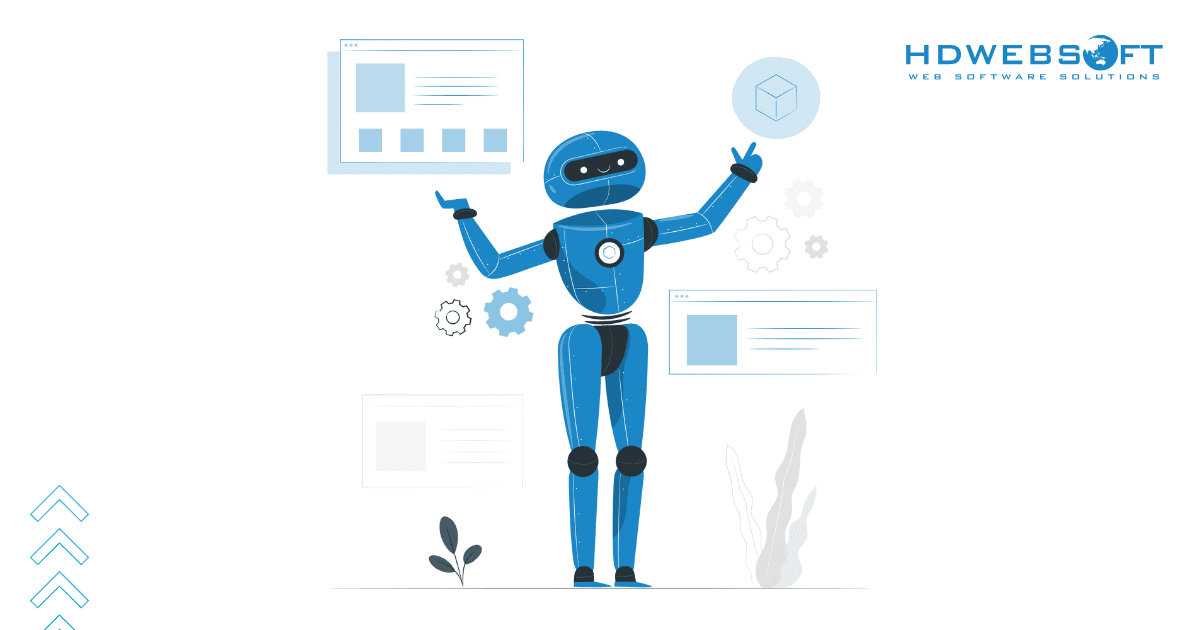
The future development of NLP and LLM is bright.
The future of AI and ML holds exciting prospects for 2025 and beyond. As the field progresses, we can expect broader access to AI technologies and an increasing focus on responsible AI usage. AI systems will become more refined in their understanding, offering more powerful and user-friendly solutions across various sectors.
In the future, we may see:
- Reducing computational power: Advanced learning algorithms and optimized large-scale architectures will reduce the computational power required for pre-training, language understanding, and deploying models. By then, AI models will be more accessible and cost-effective.
- Powering edge devices: Model compression techniques will allow for the deployment of powerful NLP and LLM on edge devices. These are devices that process data locally, ultimately allowing for real-time language generation and processing in various applications.
- Improving contextual understanding: Continued research in contextual understanding and self-attention mechanisms will lead to AI systems that can comprehend and generate more nuanced and accurate responses.
- Strengthening semantic understanding: Developing better embeddings (numerical representations of words) will improve LLM sentiment analysis, machine translation, and summarization.
Evaluating LLM and NLP models with HDWEBSOFT
As NLP and LLM technologies evolve, their potential applications will increasingly shape and enhance various industries.
HDWEBSOFT recognizes the importance of skilled developers in effectively leveraging these technologies. By tapping into our expertise, businesses can harness the full power of NLP and LLM to create AI-driven solutions tailored to their specific needs. From developing smart chatbots to advanced language processing applications, HDWEBSOFT’s team ensures seamless integration of cutting-edge technologies into your systems. Whether it’s improving customer engagement, automating workflows, or providing data-driven insights, we help businesses stay ahead in an AI-powered world.





